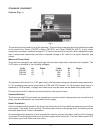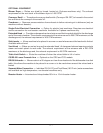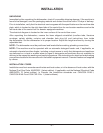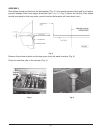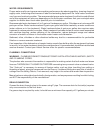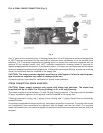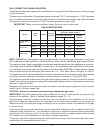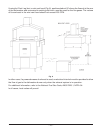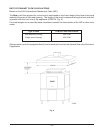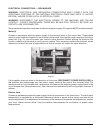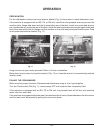
– 13 –
VENTING REQUIREMENTS
Type II Canopy Hood
Most commercial dishwashers must be provided with external venting per local codes. The exception
is electric or steam heat machines operating in the chemical or low temperature sanitizing mode where
the existing room ventilation will compensate for the vapors produced. The local authority has final
jurisdiction over this matter.
Venting can be provided by either the pant-leg duct connections (Fig. 8) or by a vent hood over the
whole machine (Fig. 6).
The Hobart C-Line dishwasher equipped for gas tank heat is not provided with a flue collar and is not
intended to have the flue directly connected to a ventilation system. However, the products of
combustion must be vented to the outside air. A vent hood over the entire dishwasher (Fig. 6) can be
employed to vent both the moist air from the dishwashing chamber and the flue gases from the gas
heater. The volume of flue exhaust required for venting moist air and flue gases using a single vent
hood over the entire dishwasher must be calculated using the formula in the
Perimeter Calculation
Formula
on page 16.
Type I or Type II canopy hoods are recommended. A factory-built commercial exhaust hood may be
listed as conforming to Underwriters Laboratory's standard 710 titled,
Exhaust Hoods for Commercial
Cooking Equipment
. Hoods must be installed according to the manufacturer's instructions. Makeup air
must be provided so that the exhaust flow rate results in a positive building pressure in the room where
the unit is located (more outside air than exhaust air). Factory-built hoods not tested to UL standard
710 and custom built hoods must comply with the following specifications: Stainless steel 0.037" [No.
20 Gage] minimum thickness or copper sheet weighing at least 24 ounces per square foot; the hood
must be secured in place by noncombustible supports and must meet the RATE OF EXHAUST FLOW
CALCULATIONS.
Fig. 6
TYPE II
CANOPY HOOD



